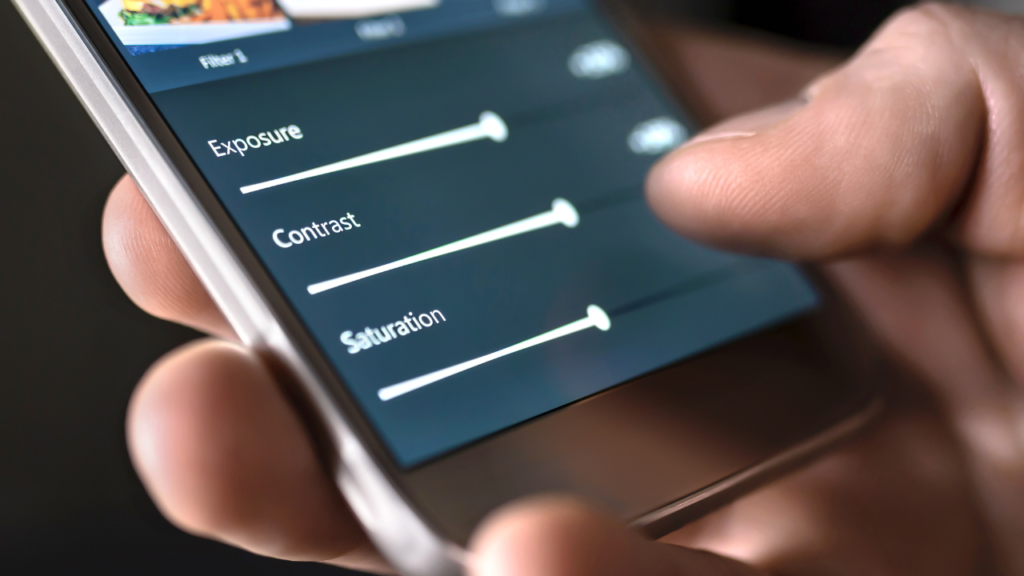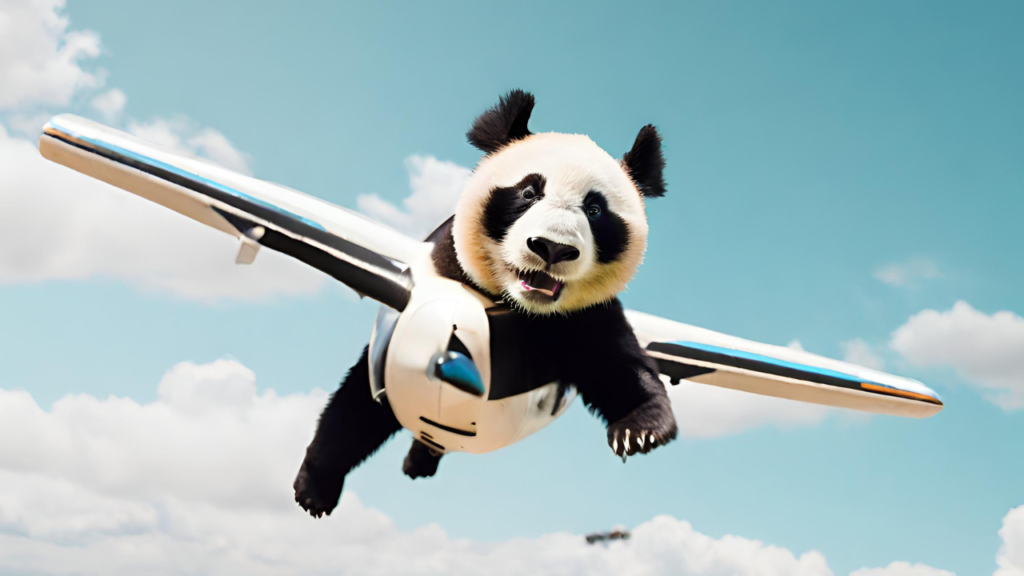Technology is always evolving rapidly each year, and artificial intelligence (AI) has emerged as a transformative force across various industries. One notable realm where AI is leaving a huge mark is visual content creation. From image recognition to deep learning algorithms, AI is reshaping the way we produce, consume, and interact with visual content.
Automated Image Recognition and Tagging:
AI-powered image recognition has revolutionized the way we manage and organize visual content. Gone are the days of manually tagging and categorizing images. AI algorithms can now automatically analyze and tag images based on their content, significantly streamlining the process of content organization and retrieval. This not only saves time but also enhances the efficiency of managing vast visual libraries.
Enhanced Image Editing and Enhancement:
AI has brought about a paradigm shift in image editing and enhancement. Automated tools equipped with machine learning algorithms can now analyze images and intelligently apply enhancements. From automatically adjusting lighting and color balance to removing imperfections, AI-driven image editing tools provide users with the ability to transform ordinary photos into visually stunning masterpieces effortlessly.

Personalized Content Recommendations:
AI algorithms are powering the personalized content recommendations that users experience on various platforms. By analyzing user preferences, behaviors, and interactions with visual content, AI can predict and recommend visuals that align with individual tastes. This level of personalization not only enhances user experience but also enables businesses to tailor their visual content strategies to specific audience segments.

Facial Recognition and Authentication:
Facial recognition technology, powered by AI, has found applications beyond security measures. It plays a pivotal role in visual content creation, allowing for features such as automatic tagging in photos, personalized user experiences, and even facial authentication for secure access to devices and applications. The integration of facial recognition enhances the interactivity and personalization of visual content platforms.

AI-Generated Content Creation:
AI is now capable of creating entirely new visual content. From realistic faces that don’t exist in the real world to AI-generated artwork, machines are showcasing an ability to produce content that challenges traditional notions of creativity. This raises intriguing questions about the collaborative potential of humans and AI in the creative process.

Video Content Enhancement and Automation:
AI’s impact extends to the realm of video content creation as well. Automated video editing tools powered by AI algorithms can analyze footage, detect patterns, and intelligently edit content, saving time and effort for content creators. This technology also enables the creation of dynamic and engaging video content without the need for extensive manual editing.

The impact of AI on visual content creation is nothing short of revolutionary. From automating mundane tasks to pushing the boundaries of creativity, AI is reshaping how we approach and interact with visual content. As this technology continues to evolve, the fusion of human creativity and artificial intelligence promises a future where visual content is not only abundant but also remarkably sophisticated and tailored to individual preferences. The visual revolution fueled by AI is underway, and its transformative effects are set to redefine the landscape of content creation for years to come.

